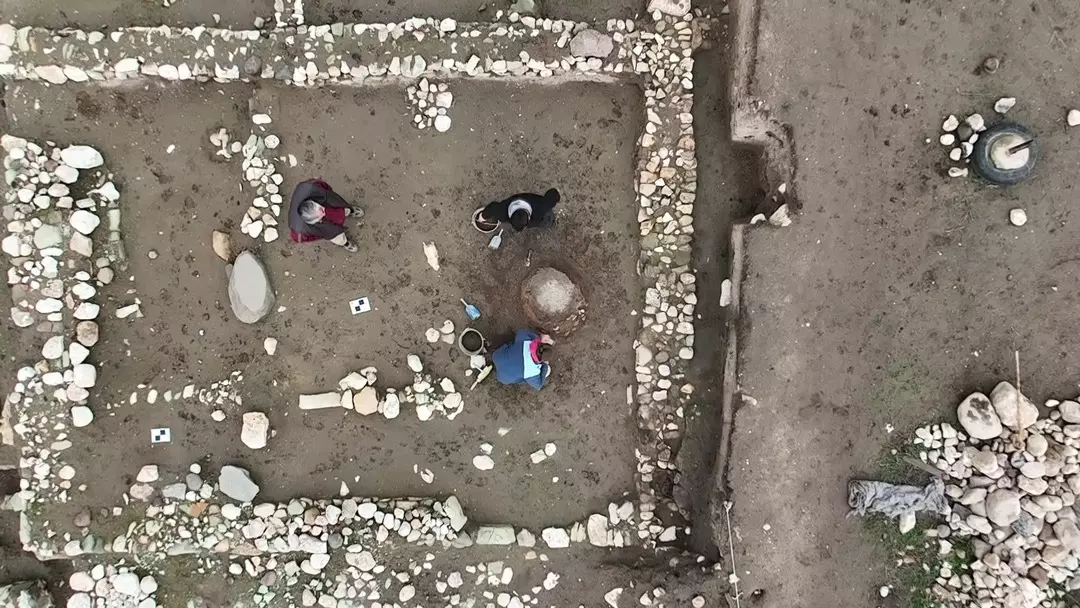In a remarkable revelation, archaeologists have unearthed the remnants of a Saxon town beneath the hallowed grounds of London’s National Gallery. This groundbreaking discovery, made during the gallery’s extensive renovations for its 200th anniversary, sheds new light on the city's rich historical tapestry.
As construction crews prepared to dig a new tunnel beneath the National Gallery’s Jubilee Walk, they stumbled upon an archaeological treasure trove. Amidst the excavation site, artifacts dating back to the 7th or 8th century, including a hearth, hinted at the existence of the ancient settlement of Ludenwic, situated where the gallery now stands.
The meticulous efforts of Archaeology South-East (UCL) revealed a wealth of historical artifacts, including postholes, stakeholes, pits, ditches, and levelling deposits. Led by Stephen White, the excavation team uncovered evidence suggesting that the urban center of Lundenwic extended further west than previously believed.
Post-medieval walls, believed to date back to the 17th or 18th centuries, were also discovered atop the Saxon layers. The site bore witness to multiple phases of rebuilding, spanning centuries and reflecting the evolving architectural styles of the time.
Unraveling London's Layers of History
This recent excavation adds to the countless archaeological sites unearthed in Greater London over the past century, each contributing to our understanding of the city's vibrant past. From the walled Roman city of Londinium to the bustling Saxon trading post of Lundenwic, London's history is a tapestry woven with threads of antiquity.
A Glimpse into the Past, a Step Towards the Future
As the National Gallery embarks on its bicentennial celebrations, this discovery underscores its integral role in London’s historical narrative. Founded in 1824, the gallery houses a prestigious collection of Western European art spanning centuries. Yet, beyond the masterpieces adorning its walls, lies a deeper connection to the city's past—a connection reaffirmed by the revelations unearthed beneath its very foundations.
The ongoing renovations and revitalization efforts, including the creation of the Jubilee Walk in 1991, serve as a testament to the gallery's enduring legacy. Through these endeavors, the National Gallery ensures that its rich history continues to intertwine with the fabric of London's story, preserving its heritage for generations to come.







